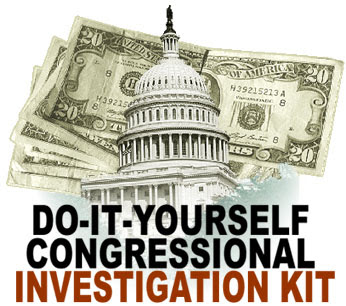We had some discussion in the office this morning about the previous Emerald Nuts post. Mainly because one of us loved the Robert Goulet spot. But even she didn’t understand the “E-N” approach.
In any case, maybe I ought to explain a bit more exactly what it is about that kind of advertising that annoys me. It’s the non-relevant humor. The “joke” seems to be there for its own sake, not to help with the concept.
Like all those radio spots you hear that are genuinely funny ― until they get to the “sure that’s crazy, but not as crazy as our year-end pricing . . . ” kind of thing. You’ve heard them.
Relevant humor is a do-able thing and a powerful creative tool.
For example, “Got Milk?” and “Tastes Great. Less Filling” are both successful campaigns that employed relevant humor.
August Lang here in Bethesda did a “get off your ass and take care of your body” spot for an orthopaedic surgeons’ association that featured a fat kid calling his grandmother on his cell phone to ask her to bring him "another grape soda" ― from the next room. That was funny ―and relevant.
Years ago Goldberg Marchesano in D.C. did a great series of commercials for Ikea about product testing that was relevant and hysterical. If you’re old enough, you might remember “Mom can I have a cookie? Mom can I have a cookie? Mom can I have a cookie? Mom can I have a cookie? Mom can I have a cookie? Mom can I have a cookie?”
My friend Paul Safsel did the spot embedded here with some friends for Boylan’s Birch Beer that is genuinely funny ― around a concept. “Finklestein” is another in the campaign that you can find on YouTube if you search “Boylan's”.
And I’ll blow our own horn with the spot we did for a dog spa so nice that "everybody wants to be a dog". A parrot brings his "master's" slippers and offers up a leash for a walk. Marc Ryan at Third Story Films brought that one to life.
No, it’s not the use of humor I have an issue with. Or even the use of offbeat, goofy humor, like Addicted to Love video girls or Norwegians. It’s the use of humor that has nothing really to do with what you’re advertising. It’s like anything else in an ad or a spot. If it doesn’t help, its hurts.
















































